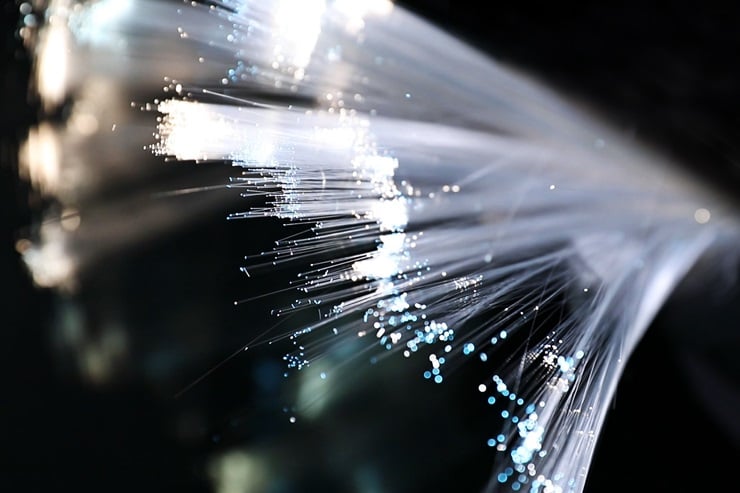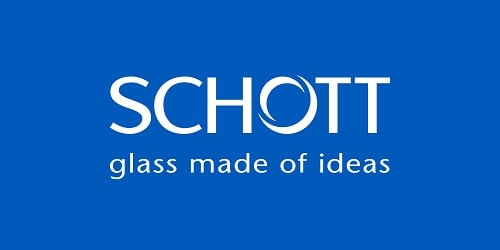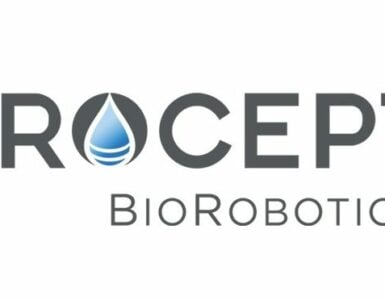
An autoclavable system provides several advantages. The first and chief one is that autoclaving is one of the most rigorous sterilization methods out there, and thus one of the most common as well, for that matter. Healthcare professionals know when they use an autoclave that they’re going to get the sterilization level they need to keep risk factors down and to keep their patients safe. So, although various sterilization methods exist, we as engineers and product designers know that if we design for autoclave, the solution will likely withstand other methods our customers may use.
Why autoclavability is so demanding
Autoclaving has two big key factors that affect a part: One is the high temperature of up to 138 degrees Celsius and the second is the steam factor (i.e., moisture). Other influences present with other reprocessing methods will be addressed in more detail in a separate article. These two aspects can damage a lot of different materials, whether it’s the fibers inside the scope or any other components going into the system.
Autoclave-resistant glass fibers
A bad fiber cladding material can “weather” during reprocessing, and that can affect how effectively light will be transported along the length of the fiber. The efficiency of the internal reflection is high when the clad remains intact. If the clad is damaged, you will start to have light loss and thus less transmission at the distal end of the scope, which nobody wants to experience over time. But we have a solution for that!
As SCHOTT, with our expertise in glass chemistry, we developed the best fiber optic material for autoclaving. I am referring to our PURAVIS® glass fibers. It easily withstands the thousands of cycles that a product goes through during its lifetime. The material quality of our flagship fibers is a central element of designing for autoclavability.
Other elements to consider
Besides the fibers themselves, other components, especially electronic components, are in the system around the fiber that also need to be protected during autoclaving. We know from experience that our manufacturing process does not produce hermetically tight bundle end-faces, so the whole light guide as such is not sealed off from moisture. This means moisture could “migrate” down the bundle into other areas potentially causing damage or even creating a hazardous situation.
When designing a new light guide for either flexible or rigid endoscope systems, we are very upfront with our customers about this lack of seal, and we want to know right from the start if there are any critical components in the system that we can help protect with other aspects of our light guides. In some cases, it may be choosing a sheathing material such as FEP that prevents moisture ingress; in other cases, we may need to work cross-business-unit to integrate a hermetic window into our end-tip design. Together, we brainstorm solutions to mitigate moisture successfully and to develop fully autoclavable scopes.
Years of experience and expertise allow us to collaborate creatively with our customers to appropriately seal off all critical regions while also achieving as much light transmission as possible. Ultimately, we enable our customers to create endoscopes for the healthcare sector that provide dependable views inside the body and ensure patient safety.









